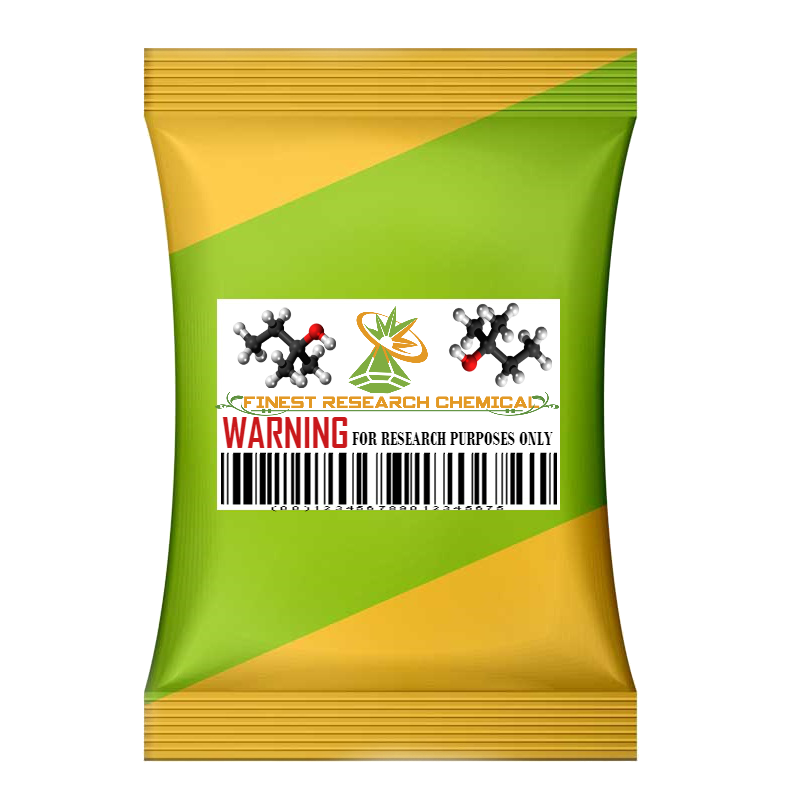COCAINE
Cocaine is a white powder. It can be snorted up the nose or mixed with water and injected with a needle. Cocaine can also be made into small white rocks, called crack. Crack is smoked in a small glass pipe.
Cocaine speeds up your whole body. You may feel full of energy, happy, and excited. But then your mood can change. You can become angry, nervous, and afraid that someone’s out to get you. You might do things that make no sense. After the “high” of the it wears off, you can “crash” and feel tired and sad for days. You also get a strong craving to take the drug again to try to feel better.
No matter how cocaine is taken, it is dangerous. Some of the most common serious problems include heart attack and stroke. You are also at risk for HIV/AIDS and hepatitis, from sharing needles or having unsafe sex. it is more dangerous when combined with other drugs or alcohol.
It is easy to lose control over it use and become addicted. Then, even if you get treatment, it can be hard to stay off the drug. People who stopped using cocaine can still feel strong cravings for the drug, sometimes even years later
It is also called: Blow, C, Coca, Coke, Crack, Flake, Snow
Formula: C17H21NO4
IUPAC ID: methyl (1R,2R,3S,5S)-3- (benzoyloxy)-8-methyl-8-azabicyclo[3.2.1] octane-2-carboxylate
Molar mass: 303.353 g/mol
Melting point: 98 °C
Boiling point: 187 °C
CAS ID: 50-36-2
It is a powerfully addictive stimulant drug made from the leaves of the coca plant native to South America. Although health care providers can use it for valid medical purposes, such as local anesthesia for some surgeries, cocaine is an illegal drug. As a street drug, cocaine looks like a fine, white, crystal powder. Street dealers often mix it with things like cornstarch, talcum powder, or flour to increase profits. They may also mix it with other drugs such as the stimulant amphetamine.

